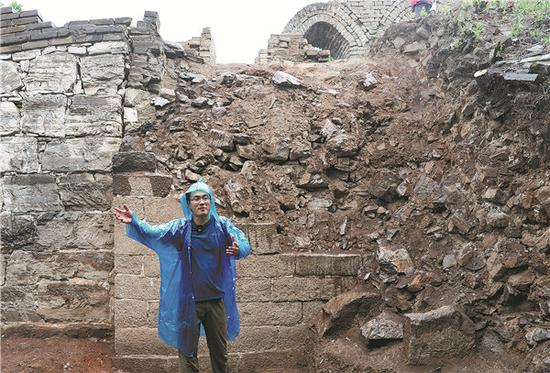
Shang Heng, an associate research fellow at the Beijing Institute of Archaeology, at the restoration site. (Photo by Zou Hong/China Daily)
Yin Da, also from the institute, has been paying attention to vegetation on the Great Wall.
She joined the study and restoration of the Dazhuangke Great Wall in Yanqing district, northwestern Beijing, a few years ago.
Through the identification of large plant remains, charred plant seeds were discovered in the soil accumulations of stoves and heated brick beds in her previous work, which she says can be used to explore issues related to the composition, source and supply methods of military provisions during the Ming Dynasty (1368-1644).
Yin says she hopes she can make richer discoveries in the Jiankou project. In addition to examining more types of military provisions of the frontier soldiers in ancient times, Yin says she is also interested in understanding the various ways the Ming and Qing (1644-1911) garrisons obtained and utilized plant resources around the Great Wall.
Shang believes the involvement of "technological archaeology" will produce richer results.
"Not only can we reconstruct the daily lives of the frontier soldiers, but we can also make the Great Wall, which many see as solely a military structure, warmer and more vivid and tangible, revealing more stories hidden beneath its mysterious facade," Shang says.
During the restoration, numerous professional teams specializing in Great Wall conservation will be involved, adhering to the principle of minimal intervention, according to the authorities in charge of the restoration. Traditional techniques and materials will be used for emergency reinforcement to preserve the current state of the cultural relics and maintain the historical appearance of the Jiankou Great Wall for the public, according to the authorities.
Additionally, comprehensive digital recording will be carried out throughout the new restoration project. Digital information and 3D modeling have been conducted before the project started and during the archaeological process, and will continue during restorative construction and after completion, according to technology provider Tencent.
This will create a complete digital record of the restoration process and establish a chronological digital scenario, according to Tencent.
Deng Chao, director of the artifact and historical site department of the National Cultural Heritage Administration, says related parties should implement guidelines for cultural relic work in the new era and accurately follow the direction of the Great Wall protection work.
Deng calls for strengthening the management of cultural and tourism projects involving the Great Wall, building a comprehensive value presentation system for the Great Wall, and further improving policies and measures for social participation in the protection of the Great Wall.








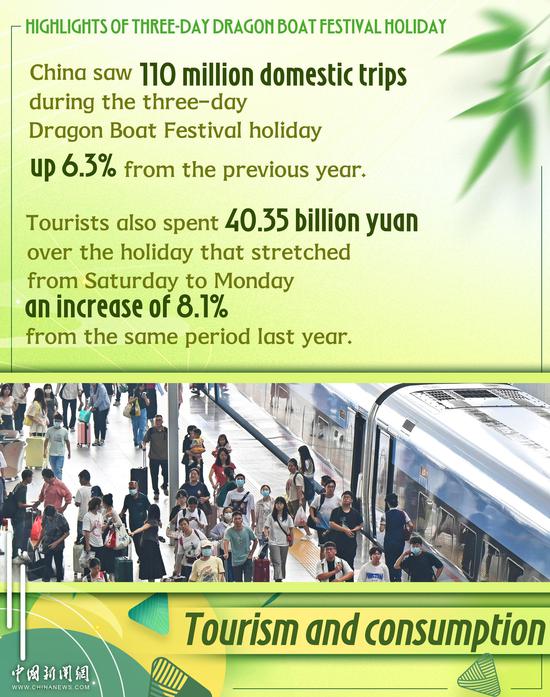
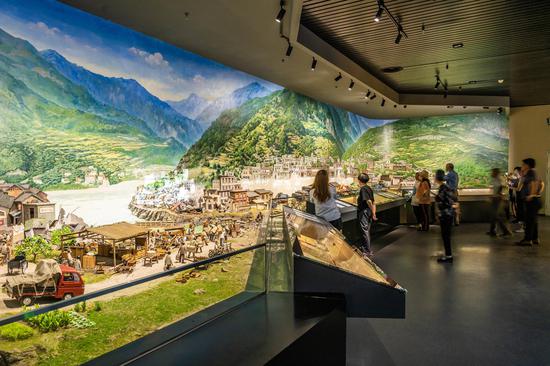

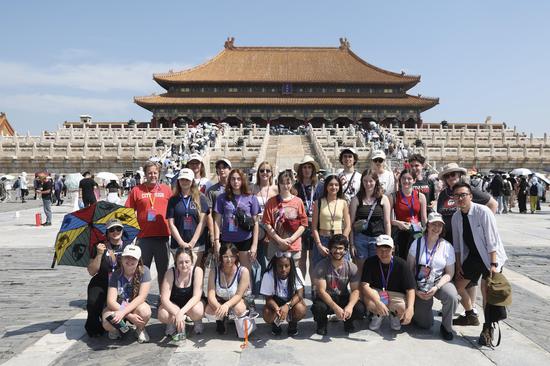
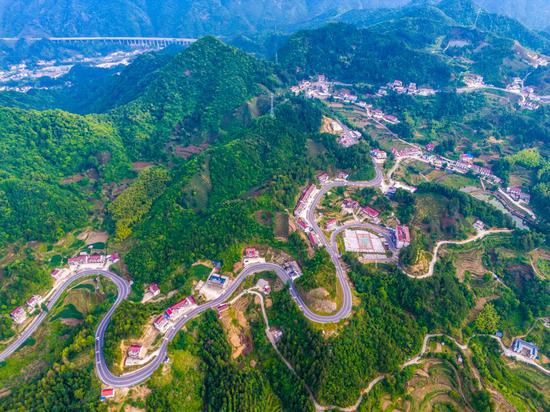
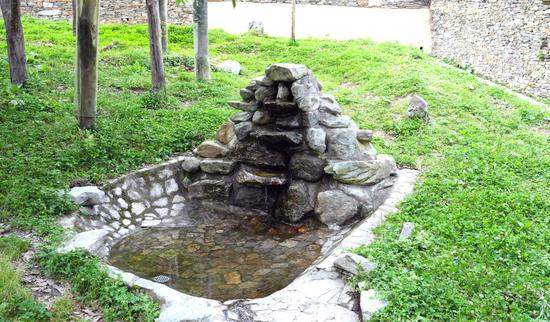
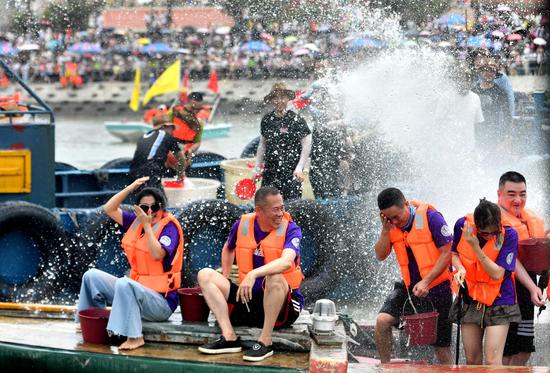
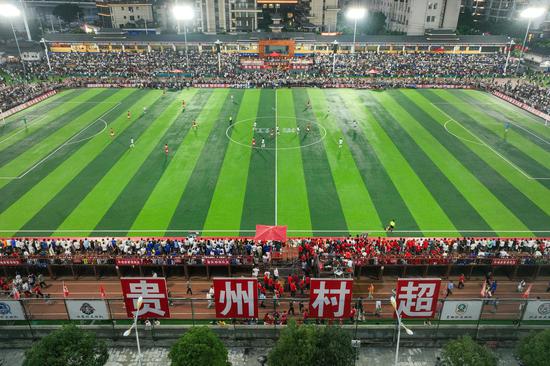





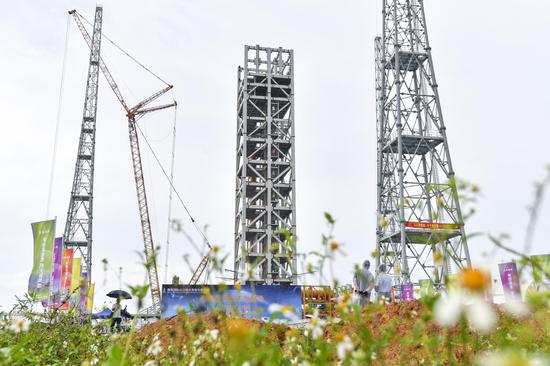
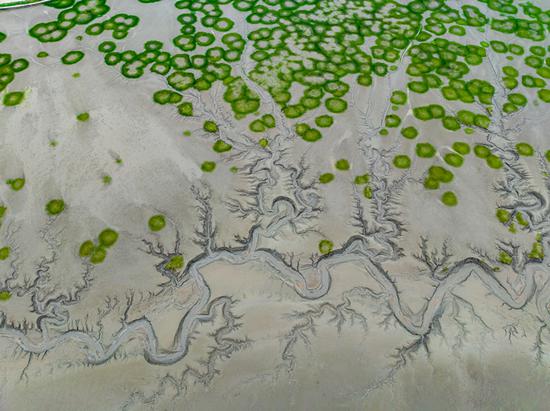





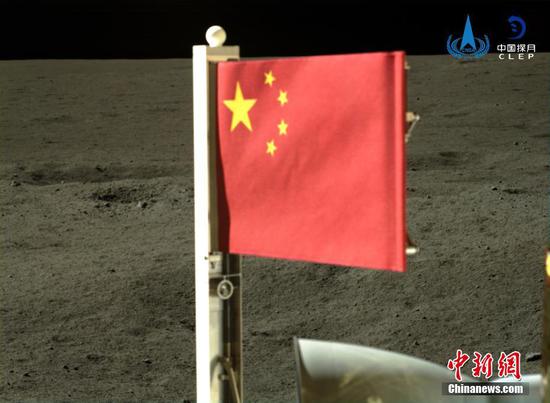

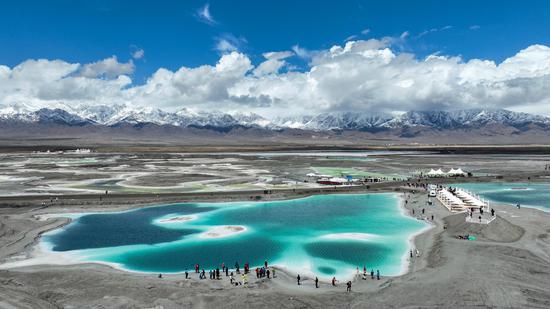
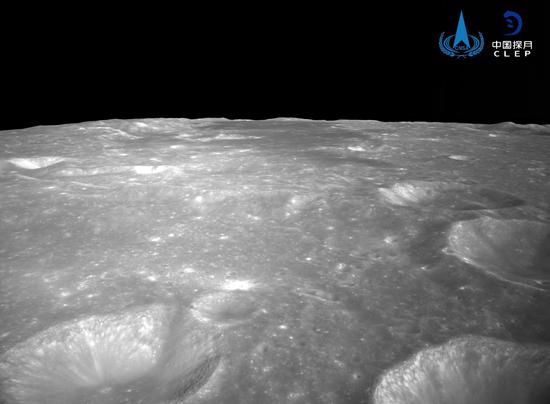
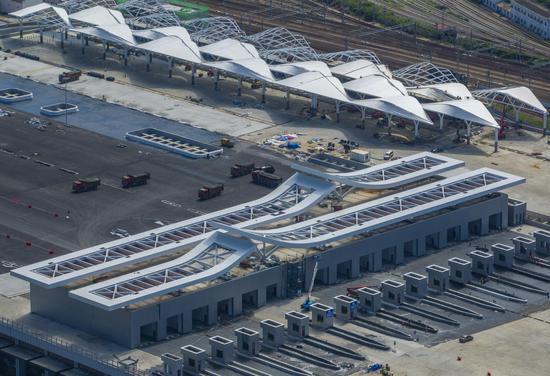
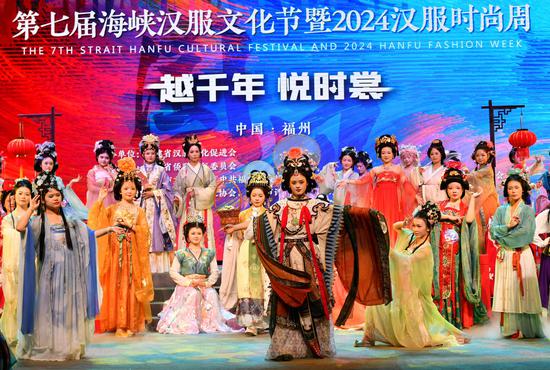

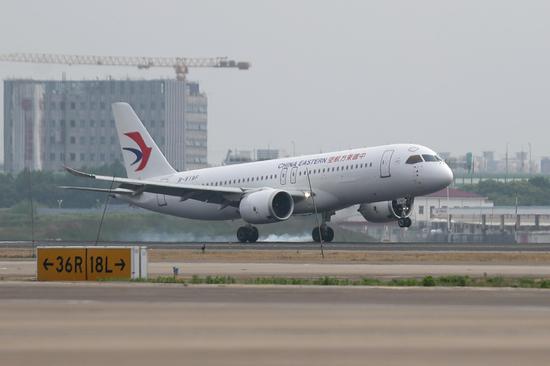
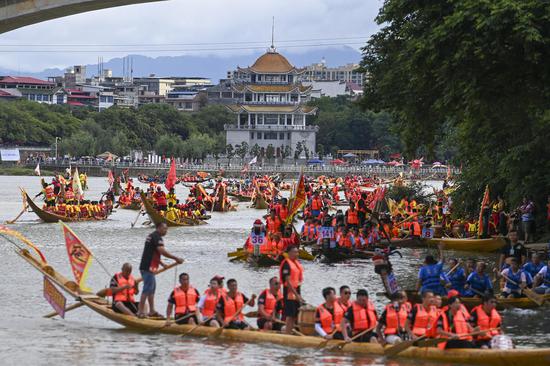
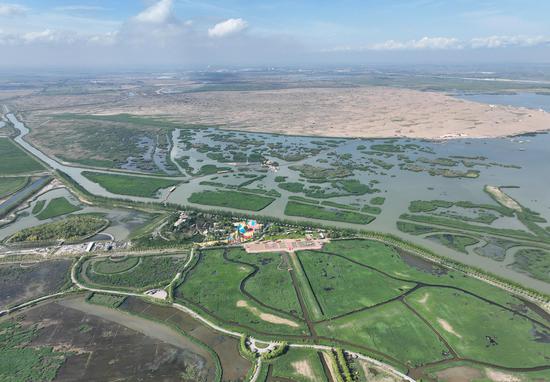
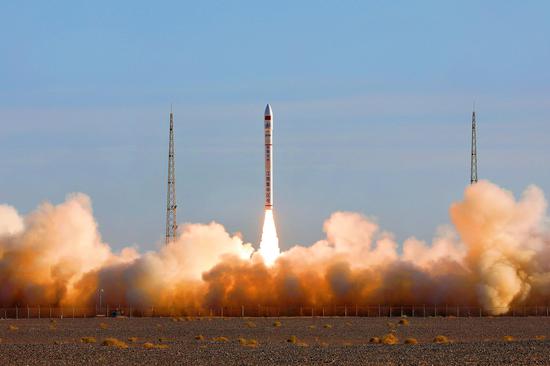



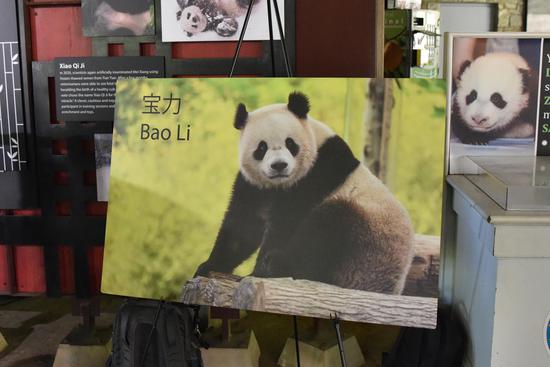

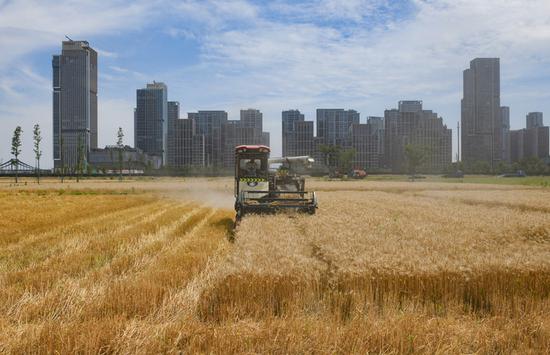

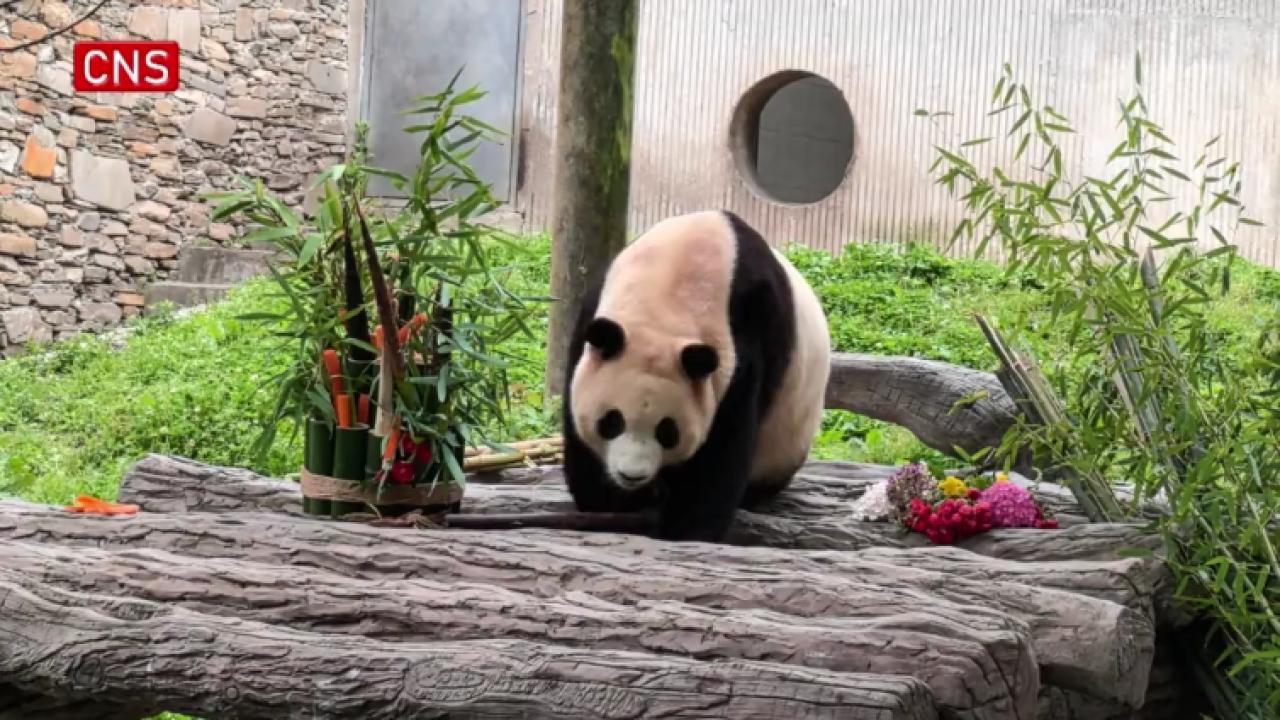



 京公网安备 11010202009201号
京公网安备 11010202009201号